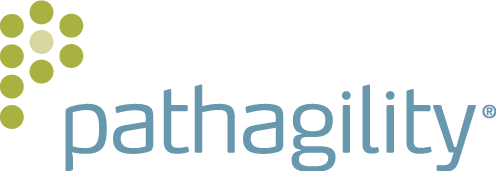Across the nation, labs are facing the toughest financial squeeze of recent times. Simply said, lab managers are being asked to cut operating costs and operate their labs with smaller budgets during 2016 – and beyond. That makes it essential for savvy lab managers to stay current with the most effective techniques for cutting lab costs and managing shrinking lab budgets.
While the mission of the lab will always be to provide the highest quality patient care, the environment within which the lab operates is undergoing rapid regulatory and technological change. These include changes to reimbursement, test utilization based on patient outcomes, and new competition from non-traditional sources. All of these present new challenges to traditional budget planning.
Strategies for adjusting the lab operation to stay within your present and future budgets must not only include cutting costs, but maintaining quality.
In this blog post, we’ll examine 3 ways adopting a LIMS system can help your lab cut costs while improving efficiencies – all while ensuring patient care remains top priority.
- Faster & More Efficient Reporting
Lab data can be integrated into many electronic medical records that provide “summary reports” and “trends” to visualize patient data. However, these generic reports are not sufficient to manage complex tests or reporting that advanced labs increasingly require.
While there are many ways to improve output for physicians and increase the value a lab can provide, one way to immediately impact value while improving efficiency is to streamline reporting and increase the number of tests and case types that a lab’s reporting software can handle.
Advanced labs need the ability to adapt to changing technology and provide interpretive reporting across existing and emerging tests. Platforms like Pathagility – which can serve as a lab’s LIMS or Interpretive Reporting Software – or both, can dramatically increase the output while simplifying reporting.
- Connected & Integrated Technologies Across the Lab
Labs need to deliver reports and lab tests electronically, reliably, and efficiently to referring physicians or clients, all in a timely and affordable manner. Delivering in a competitive market is essential – especially when the patient’s well being is at stake.
In addition, labs need to gain the agility and control to deliver critical information on their terms and time schedule, connecting any device, software, and people – whether physicians, lab staff, or patient – with no barriers. Advanced labs are running their business in the cloud, with platforms that integrate across all technologies, reducing manual work and labor that can be costly and time consuming.
Today’s advanced labs need a platform that can easily integrate with their existing systems and interpret data from existing EMRs, LIMS, billing systems, lab instrumentation, and middleware systems; while affording them flexibility to report through multiple channels.
- Improved Turnaround Time (TAT) of Lab Tests & Reports
Innovative labs are committed to leveraging new technology to help their teams work smarter, faster, and communicate better – both for the benefit of the lab, as well as the patient experience. These labs need complete visibility and improved communication across their workflows and processes, which inevitably improve turnaround time.
Labs currently using multiple systems independently should consider consolidating technologies to allow for greater efficiency and communication across all lab technology. Platforms like Pathagility can be set-up as a stand-alone LIMS or work in conjunction with existing systems to make all data visible in one location.
For more information on how your lab cut costs while improving efficiencies, check out these recent Pathagility resources:
How Your Lab Can Play a Vital Role in Improving the Patient Experience
2016 Resolutions For the Advanced Laboratory
To learn more about how Pathagility can help your lab can keep up with the changing technology landscape, request a 30-minute demo.
